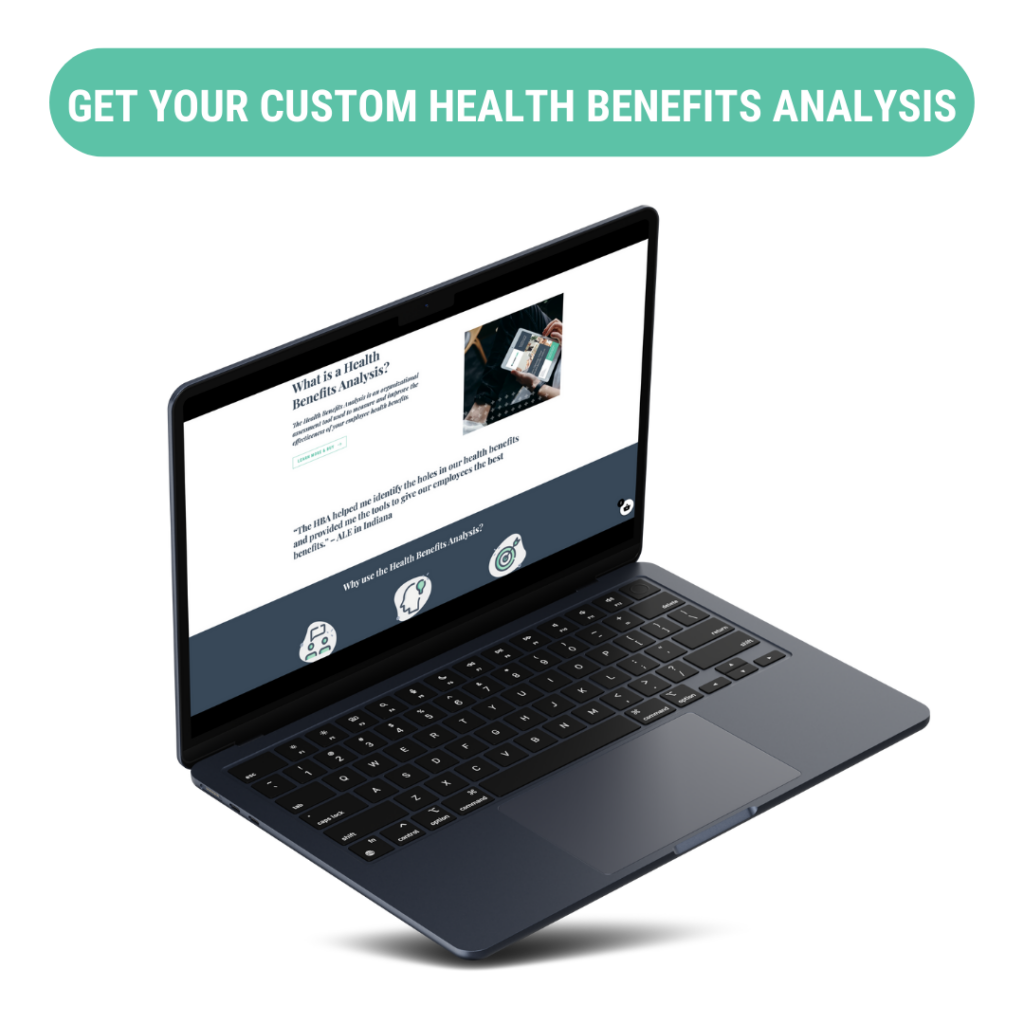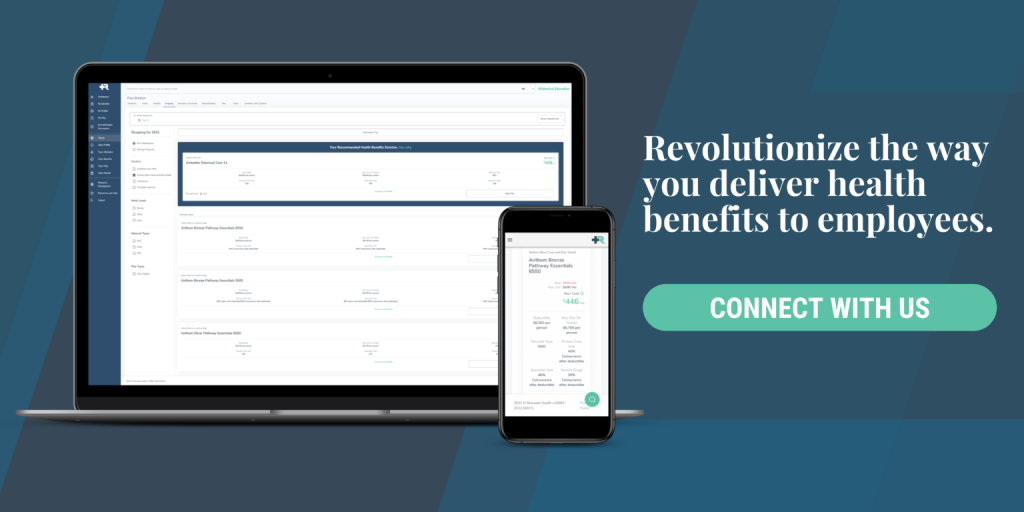Today we face a crisis: 2 out of every 3 bankruptcies are related to medical expenses. What is perhaps even worse is nearly half of those bankruptcies happen while enrolled in an employer sponsored healthcare plan. As leaders, there are many factors we can’t change about this reality. However, there are certainly some things we can do to help make a difference. Research shows only 4% of Americans understand four basic insurance terms: copay, coinsurance, deductible, and out-of-pocket max. While a lack of education is not necessarily the cause of our crisis, it certainly isn’t helping. Improving healthcare education will make a tremendous impact on the overall financial and physical health of your team. Here are the top 10 ways to help your team understand their healthcare:
1. Use Preventative Coverage
Health insurance is required by the Affordable Care Act to include preventative health services. Unfortunately, only 8% of Americans use them.
The purpose of these services is to prevent or discover small problems early on so they don’t create bigger problems later. Annual checkups, screenings, vaccinations, and more are included. Taking advantage of preventive care can save you a lot of money in the long run!
2. Exercise and Eat Healthy
Nothing lowers the cost of healthcare more than taking care of yourself. Time Magazine says the top two ways to live a long life are to eat healthy and to exercise. We often forget our health starts with our lifestyle.
As an employer, it’s key to provide community experiences to promote healthy lifestyles. Onsite classes, gym membership incentives, standing desks, healthy snacks, etc. are all ways to promote personal health.
3. Setup Telehealth
Telehealth has been around since the 1990s but has seen some impressive developments in the past 10 years. More than 96% of all large employers offer some form of telehealth service to their employees.
The services provided by telehealth include but are not limited to dermatology, mental health, pediatrics, and every day care. The convenience is great; and with low or $0 copays, the cost savings are great, too!

4. Urgent Care before the ER
Sometimes, telehealth won’t cut it. Your next step should be Urgent Care — perfect for testing and identifying infections, getting stitches, checking on a sprain, etc. Remember, don’t go to the Emergency Room for those smaller ailments or injuries!
ER costs are 10x more than Urgent Care for the same treatment! By calling around, you can find the best-priced local facility. Unless you have a major issue like chest pains, broken bones, severe burns or cuts, etc., use Urgent Care first!
5. Shop Around and Negotiate
Being a good consumer includes shopping around. Prices for simple treatments can vary by $4,000 depending on the provider. This is why it’s so important to call ahead and make a plan whenever possible.
Increased regulations have improved the transparency of medical costs. You should never feel strange about calling the billing department to negotiate a payment plan before receiving the bill.
Pro Tip: Pay-in-full discounts are always better than payment plans!
6. Self-Pay
Believe it or not, bypassing your health insurance can sometimes save you money. For doctors visits and prescription drugs, self-pay can be cheaper than copay or coinsurance since it cuts out admin expenses.
Another benefit of self-pay is that you don’t have to worry about your network. Doctors are legally required to allow the patient to opt out of using their insurance if they so choose. This means you can keep your doctor, even if they are outside your provider’s network!
7. HSAs instead of Copays
Consumer-driven plans can help families save $10,000+ per year. While these plans do not have copays, their benefits far outweigh that small factor. Some of these benefits include lower costs and HSA eligibility.
An HSA allows you to use tax-free dollars to shop around, negotiate, and self-pay your medical expenses. With an HSA, you actually increase your consumer-bargaining power, enabling you to save more on costs!
8. Rx Discounts
Generic prescription drugs are the exact same thing as name brands. “Generic” simply means the exclusivity period of the name brand has expired. Always use generics when available. Using sites like GoodRx to price-check gets you the best deals, and paying cash for your prescriptions is often cheaper than copays.
Higher tier specialty drugs can get phased out, which usually means there are proven cheaper alternatives. Discount programs are also available that work alongside insurance. Remember, always use your HSA for these expenses!
9. Spouse’s Plans
Oftentimes, families may “split up” between both spouse’s employer sponsored plans. What they may not realize by doing this, though, is that they dramatically increase their annual risk. Monthly costs are not the only ones to consider!
Always calculate all your numbers. To find your annual risk, combine row 5 on the summary of benefits between both plans. Add up the cost to keep everyone on the same plan and then compare. Lower risk protects against bankruptcy.
10. Sharing Programs
1.5 million people use healthcare sharing to lower medical costs by 50% or more. These programs are not a good fit for everyone, but encourage your team to evaluate all their options. The long history of healthcare sharing programs has shown how much they can help their members save on medical expenses!
Hybrid solutions have taken sharing to the next level. Adding insurance products like PPO networks and preventative plans alongside sharing programs provide members with unbeatable quality. Be sure to check this option out!

